Previewing the Bonhams Goodwood Members' Meeting
Bonhams|Cars will hold the first of their Goodwood-based auctions on April 13 as the Goodwood Members’ Meeting Sale. Along with the expected assortment of British sports cars, it looks like Italy will be well represented at this auction. Check out some of the classic and collector cars from Italy that will be on offer from Bonhams|Cars at Goodwood.
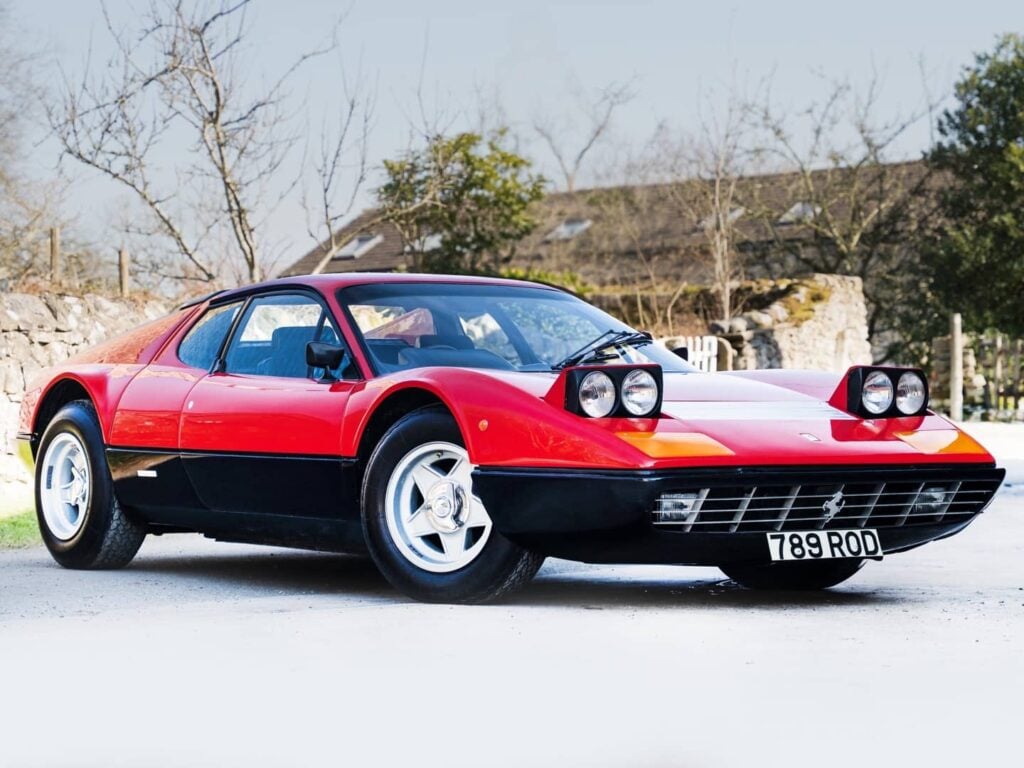
The Ferrari 365 GT4 Berlinetta Boxer (BB) was a pioneering model for the brand, marking its first mid-engine, 12-cylinder road car. Introduced at the 1971 Turin Auto Show as a counter to Lamborghini’s Miura, it marked a notable shift from Ferrari’s usual front-engine grand tourers. Designed by Leonardo Fioravanti at Pininfarina, this vehicle featured an aerodynamic design with its flat-12 engine positioned behind the passenger compartment—a significant change from Ferrari’s typical V12 engines. This setup allowed for a lower center of gravity, improving handling and stability.
Between 1973 and 1976, the 365 GT4 BB emerged as a technological marvel. Its 4.4L flat-12 engine provided impressive performance, enabling high speeds and offering a distinctive driving experience. The design—highlighted by sharp lines, pop-up headlights, and unique rear styling—secured its status as a classic of 1970s automotive design. Despite limited production numbers, the 365 GT4 BB set the stage for future Ferrari mid-engine supercars, influencing models like the 512 BB and Testarossa.
Estimate: £175,000 – £275,000
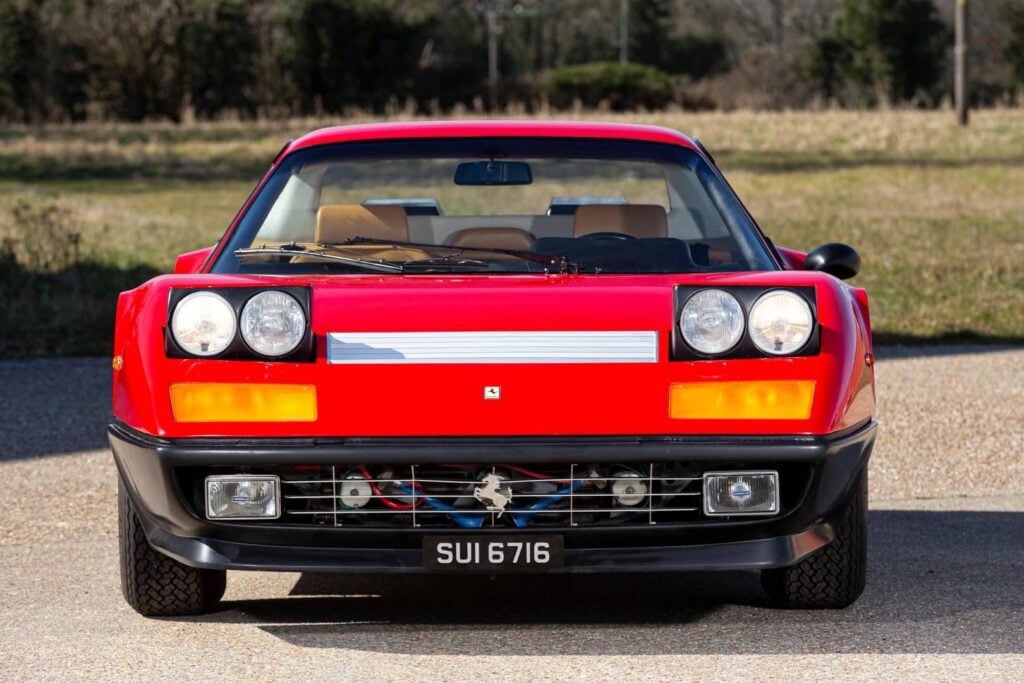
The Ferrari 512 Berlinetta Boxer (BB) marked a significant transition for Ferrari as they ventured into mid-engine 12-cylinder road cars. Introduced in 1976, it succeeded the 365 GT4/BB and featured an upgraded 5.0L flat-12 engine designed to enhance torque and drivability. The car’s design evolved with subtle yet impactful modifications such as a new front spoiler, updated rear lights, and NACA ducts for better cooling, all contributing to a more assertive and polished look by Pininfarina.
From a technical standpoint, the 512 BB embraced improvements to manage its increased power output. It included a dual-plate clutch and a dry-sump lubrication system. While the chassis stayed mostly the same as its predecessor, wider rear tires required changes to the rear track width and bodywork adjustments. Collectors often favor the original carbureted version over the later fuel-injected model due to its raw and direct power delivery. Consequently, the 512 BB is seen as a crucial milestone in the development of Ferrari supercars.
Estimate: £150,000 – £200,000
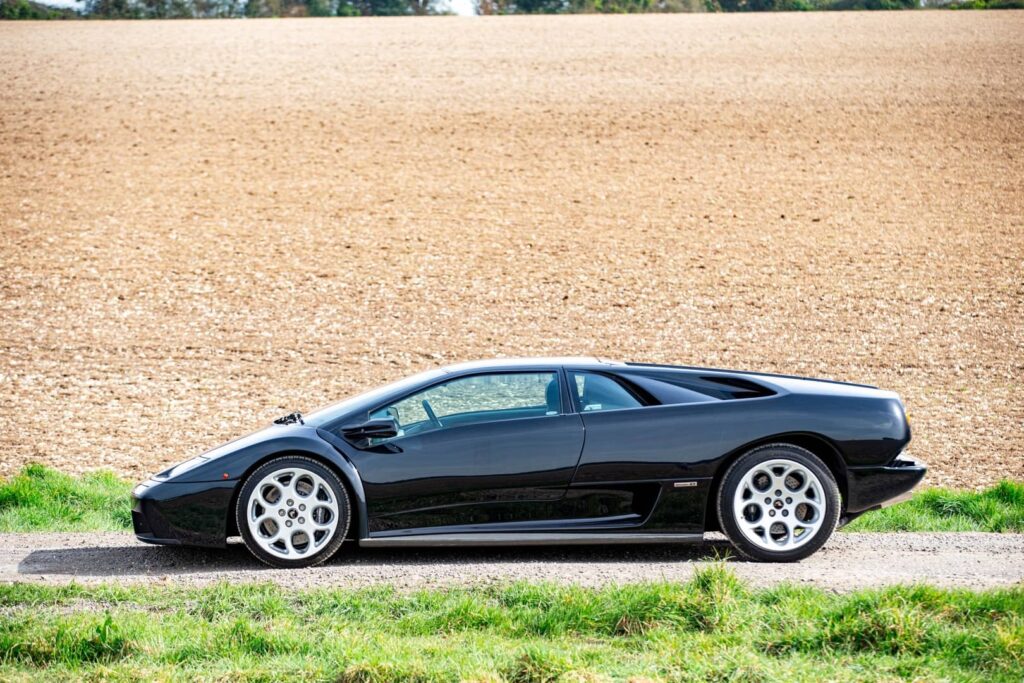
The Lamborghini Diablo 6.0 VT arrived near the end of the original Diablo series, symbolizing a significant step in its evolution. This version emerged as Lamborghini aimed to update this iconic supercar, especially after being acquired by Audi AG. A major focus was on updating both its design and performance to align with contemporary expectations.
Under Luc Donckerwolke’s direction, the Diablo 6.0 VT underwent an extensive redesign. It featured a new front fascia with noticeable air intakes, altered bodywork, and refreshed interior components. These modifications were intended to give it a more modern and assertive look while enhancing its aerodynamic properties.
In addition to aesthetic improvements, the Diablo 6.0 VT received mechanical enhancements. It boasted a 6.0L V12 engine, adapted from the Diablo GT, offering increased power and torque. Paired with Lamborghini’s all-wheel-drive system (VT standing for Viscous Traction), the vehicle delivered superior performance and handling capabilities. The Diablo 6.0 VT served as a link between the original raw nature of the Diablo and the more sophisticated models that succeeded it, like the Murciélago.
Estimate: £250,000 – £280,000
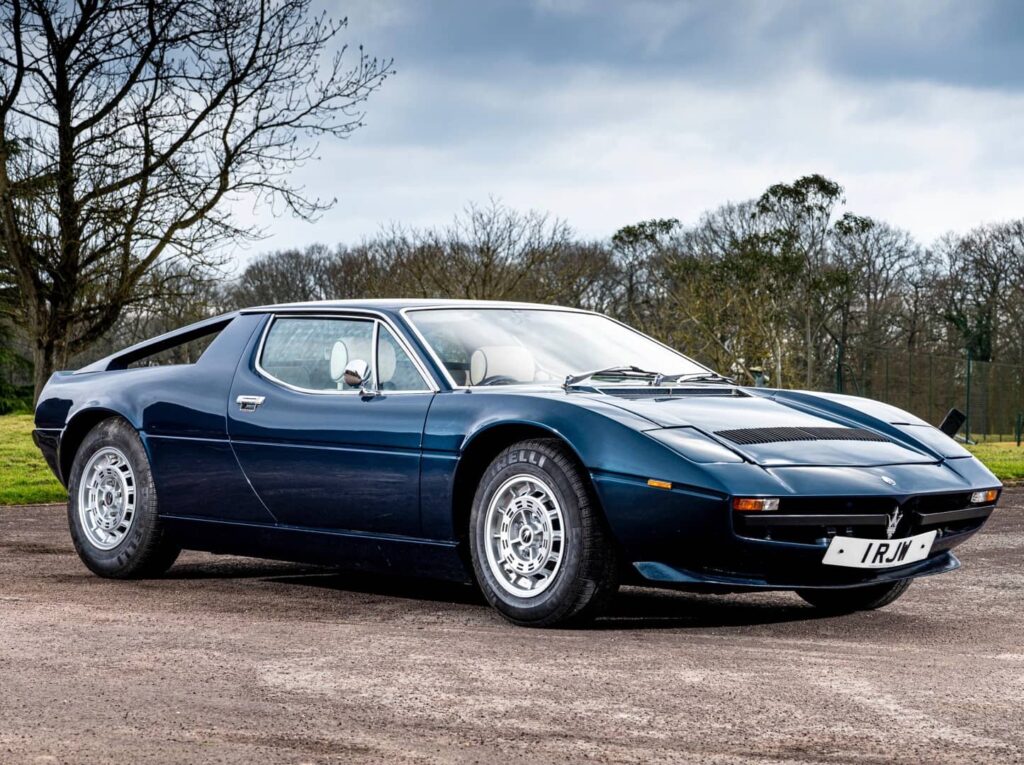
The Maserati Merak, particularly the Merak SS variant, marks a significant period in Maserati’s history characterized by collaboration and innovation. Launched in 1972, the Merak was designed as a mid-engine sports car with seating for four, sharing its lineage with the V8-powered Bora but powered by a V6 engine. Its design, crafted by Giorgetto Giugiaro at Italdesign, is notable for its unique “flying buttresses” that extend the roofline, giving it a distinctive appearance. During this era, Citroën owned Maserati, which led to the integration of their hydraulic systems into the Merak, affecting both braking and headlight mechanisms.
In 1975, the Merak SS emerged as an enhanced performance model aimed at rivaling competitors like the Ferrari Dino. This version boasted a more powerful engine, delivering increased horsepower and lighter weight. The interior also saw updates, notably moving away from the Citroën-influenced dashboard. As the most powerful iteration of the Merak series, the Merak SS holds a special place among collectors. Production continued until 1983, leaving behind a legacy of a stylish and uniquely engineered Italian sports car.
Estimate: £55,000 – £60,000
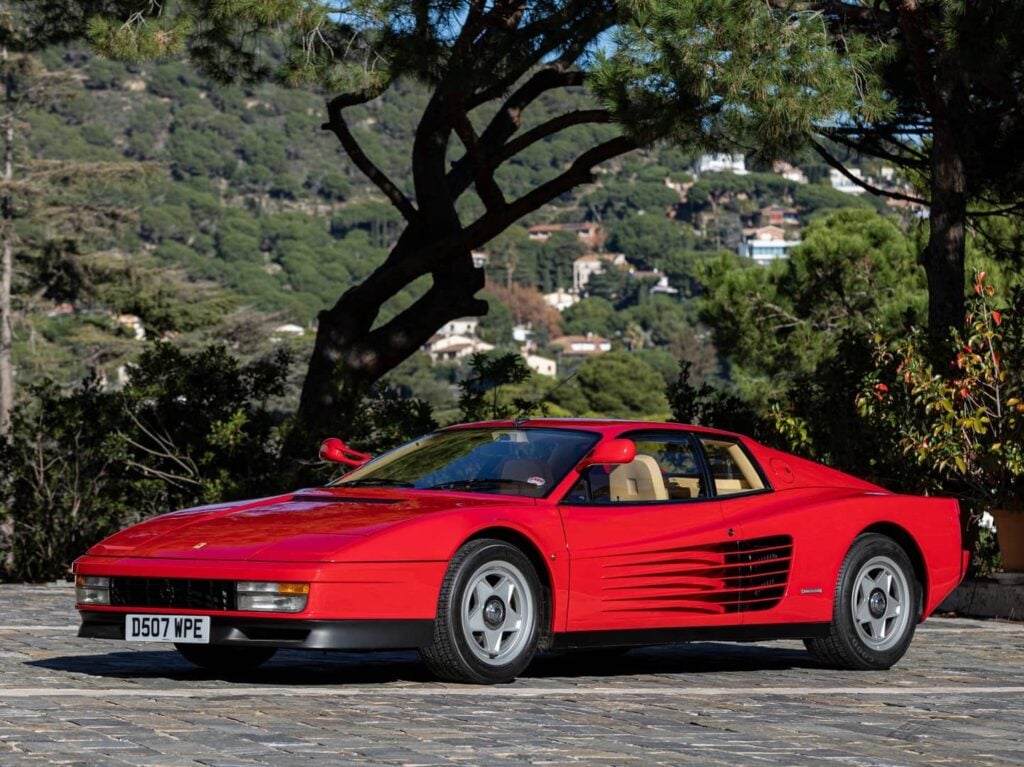
The Ferrari Testarossa, introduced at the 1984 Paris Auto Show, quickly became an emblem of the era’s excess and glamour. Designed by Pininfarina, it featured distinctive side strakes (often referred to as “cheese graters”) and a wide, low profile that made it easily identifiable. It succeeded the Berlinetta Boxer while maintaining the mid-engine, flat-12 layout but with enhanced performance and comfort features.
Named after its fiery appearance in Italian—meaning “redhead”—the Testarossa also nodded to the iconic racing cars from the 1950s. Its production continued until 1996, evolving through versions like the 512 TR and F512 M. While the original was celebrated for its robust engine and unique design, later models improved upon handling and refinement issues. These updates included revised engines, better chassis dynamics, and refreshed interiors to elevate the driving experience.
Beyond its technical merits, the Testarossa left a mark on popular culture, featuring prominently in films and TV shows. This helped cement its place not just as a high-performance vehicle but as an enduring symbol of the 1980s.
Estimate: £70,000 – £90,000
